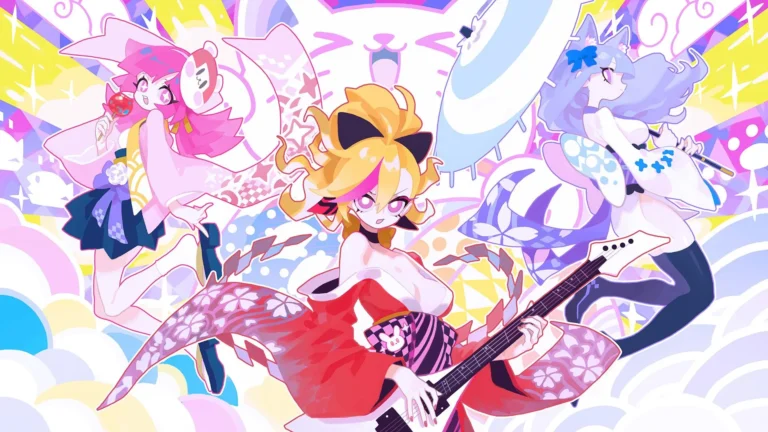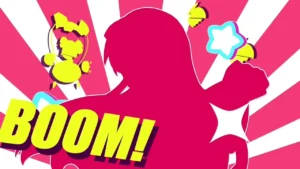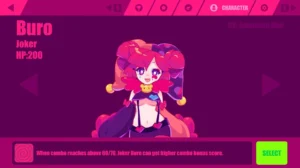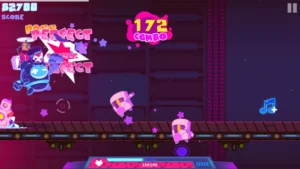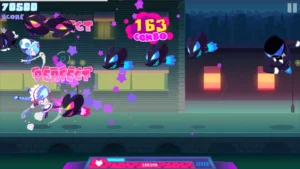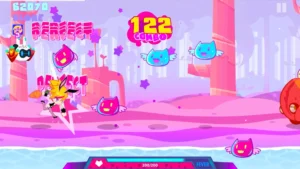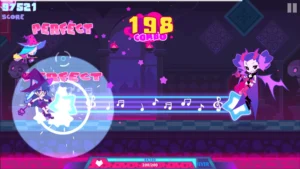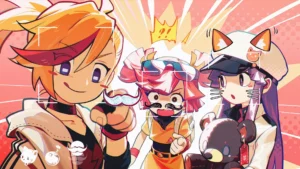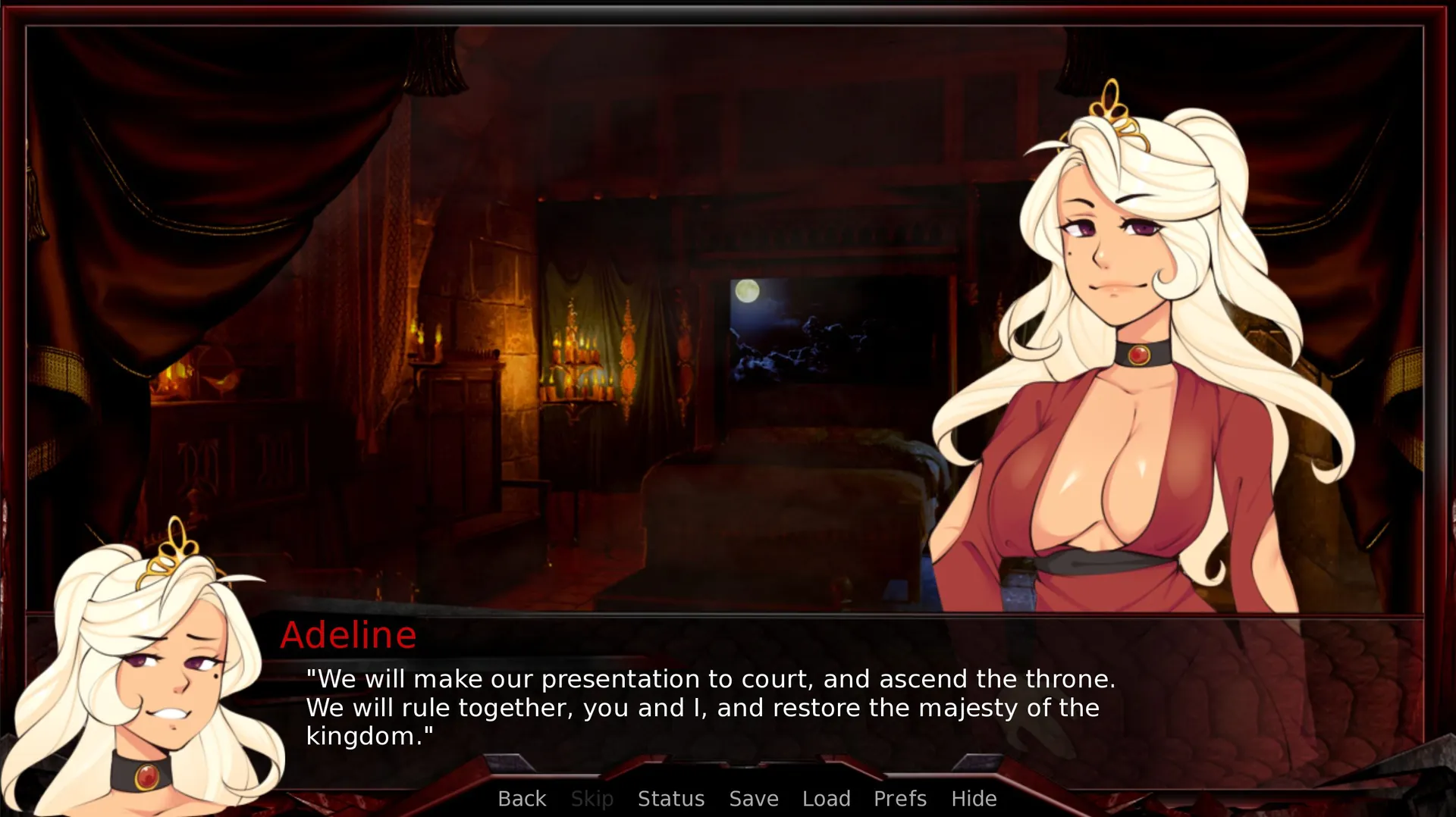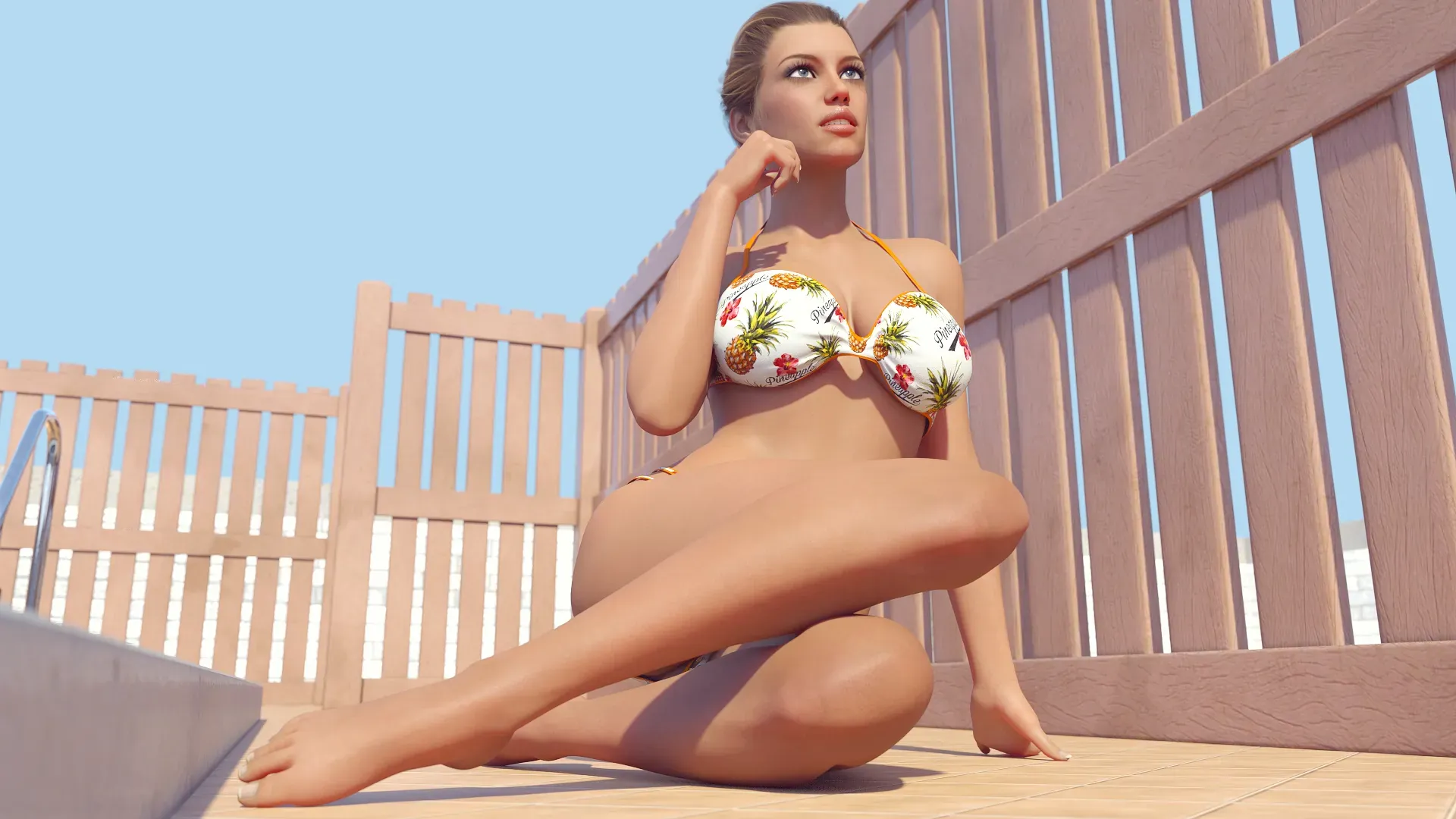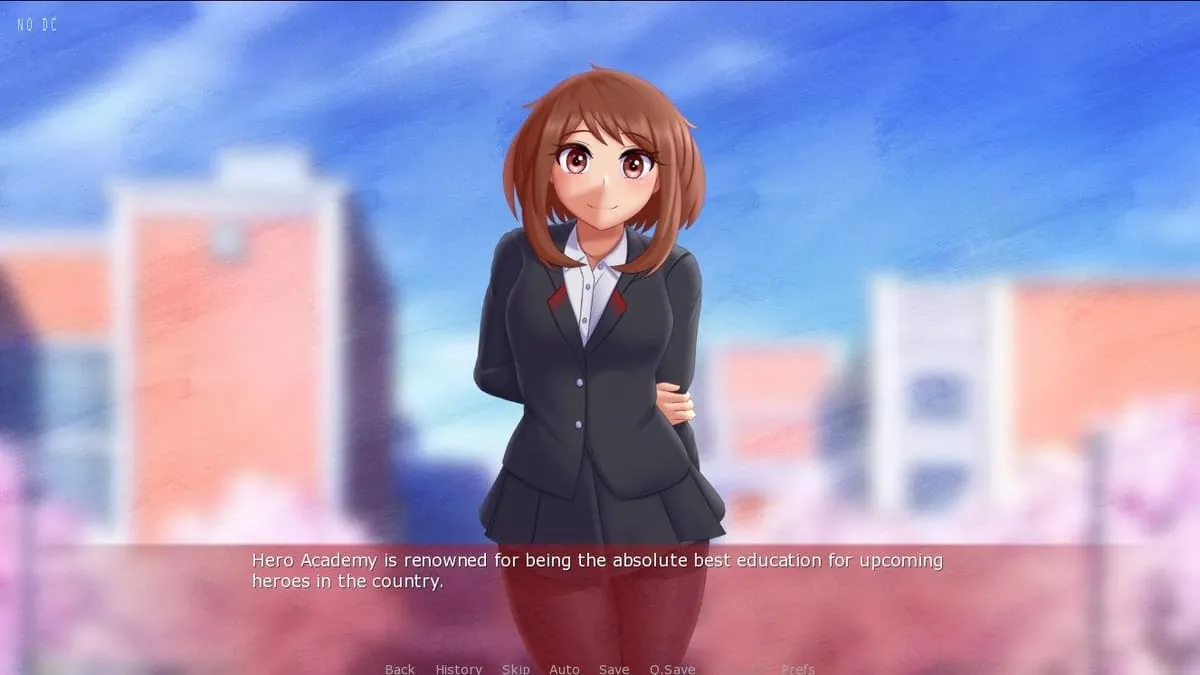
Muse Dash review
Examining the Controversial Blend of Music and Mature Themes
Muse Dash sparks heated debates as a vibrant rhythm game featuring anime-styled characters navigating suggestive scenarios. While its primary focus remains musical gameplay, the title’s provocative art direction and ’18+’ Steam tag fuel ongoing discussions about sexualization in gaming. This analysis explores both its acclaimed rhythm mechanics and the controversy surrounding its mature elements.
Gameplay Mechanics vs. Mature Content
Core Rhythm Action Formula 🎵
Let’s cut to the chase: Muse Dash gameplay is ridiculously addictive. Imagine tapping buttons to the beat of high-energy EDM while anime girls dash, jump, and smash enemies in a candy-colored world. That’s the core loop—simple, flashy, and so satisfying when you nail a combo. But here’s the kicker: beneath its neon surface lies rhythm game mechanics that could rival even the most hardcore titles in the genre.
You’ve got two buttons (or a single key if you’re feeling spicy) to hit notes in sync with the music. Miss a beat? Your character stumbles, and your score tanks. Hit a perfect streak? The screen explodes in fireworks, and your ego gets a nice little boost. 🎆 It’s like DDR meets a side-scrolling platformer, but with way more glitter. I once spent three hours straight chasing an S-rank on “Brain Power”—my roommate thought I’d joined a cult.
But here’s where things get spicy: Muse Dash doesn’t just reward skill. Unlocking harder songs and characters requires grinding, which keeps you hooked. And let’s be real—there’s something primal about smashing a giant “666” note while a cat-eared girl backflips over a zombie.
Character Customization and Suggestive Designs 🎀
Now, let’s talk about the elephant in the room: the anime character customization. Muse Dash’s roster isn’t just cute—it’s curated chaos. Want a witch in a bikini? Done. A robot maid with thigh-highs? You got it. Each character isn’t just eye candy; their outfits tweak gameplay stats like score multipliers or health regeneration.
Take “Bunny Girl Rin,” for example. Her outfit boosts your score by 20% but makes missing notes hurt. It’s a high-risk, high-reward playstyle that turns every session into a gamble. Meanwhile, “Cyber Elf Marija” reduces damage, perfect for newcomers still fumbling with the rhythm game mechanics.
But let’s address the ~vibes~. Some designs lean hard into fanservice—fishnet stockings, lingerie-inspired costumes, and animations that… uh, emphasize physics. Is it tasteful? Debatable. Memorable? Absolutely. When I unlocked “Little Devil Marija,” my Discord friends roasted me for a week. 😈
| Character | Outfit | Gameplay Effect |
|---|---|---|
| Rin | Bunny Girl | +20% score, -50% health |
| Marija | Cyber Elf | -30% damage taken |
| Buro | Little Devil | Auto-collect notes, lower accuracy |
The real magic? These designs aren’t just locked behind paywalls. You earn them by playing, which means even purists can’t ignore the aesthetic appeal. But this blend of style and substance has ruffled some feathers—which brings us to…
Age Rating Controversies Explained 🔞
Here’s the tea: Muse Dash has a Jekyll-and-Hyde complex. In China, the game’s home turf, censors axed anything remotely suggestive. The Japanese and global versions? They kept the thigh gaps and fishnets intact. These regional censorship differences mean your experience hinges on where you hit “download.” 🌍
Steam’s adult content policies add another layer of chaos. While the platform allows mature themes, developers must flag them—something Muse Dash’s team initially avoided. Cue player outrage when Steam temporarily yanked the game for “misleading content.” The fix? A toggle to blur “sensitive” artwork. But let’s be real: if you’re playing a rhythm game with anime girls, you know what you’re signing up for.
Player reactions split like a poorly timed note. Some praised the toggle as a compromise; others called it censorship overkill. One Reddit user joked, “I just wanted to jam to ‘Bad Apple,’ not explain anime aesthetics to my mom.” 🍎
The takeaway? Muse Dash walks a tightrope between rhythm mastery and risqué flair. Whether that’s genius or grating depends on your tolerance for jiggle physics paired with jazz fusion.
So… Rhythm Game or Something Else? 🎭
Here’s my hot take: Muse Dash gameplay is the star. The rhythm game mechanics are tight enough to stand alone, but the anime character customization adds flavor—like hot sauce on pizza. Love it or hate it, it’s undeniably bold.
If you’re here for the music, you’ll stay for the challenge. If you’re here for the… aesthetics, well, Steam’s adult content settings have your back. Either way, the regional censorship differences remind us that gaming culture isn’t one-size-fits-all.
Pro tip: Check which version you’re buying if modesty matters. Or just embrace the chaos—your high scores won’t judge you. 😉
At its heart, Muse Dash is a rhythm game first and a cosplay simulator second. But that controversial blend? It’s why we’re still talking about it. Now excuse me—I’ve got a date with a bunny girl and a dubstep track. 🐇🎧
Muse Dash presents a complex intersection of addictive rhythm gameplay and deliberately provocative aesthetics. While its musical core earns praise from genre enthusiasts, the sexualized elements continue sparking important conversations about content boundaries in gaming. Players must weigh their comfort with anime tropes against the title’s undeniable mechanical polish. For those accepting its stylistic choices, the game offers a unique entry point into rhythm gaming’s competitive scene.
